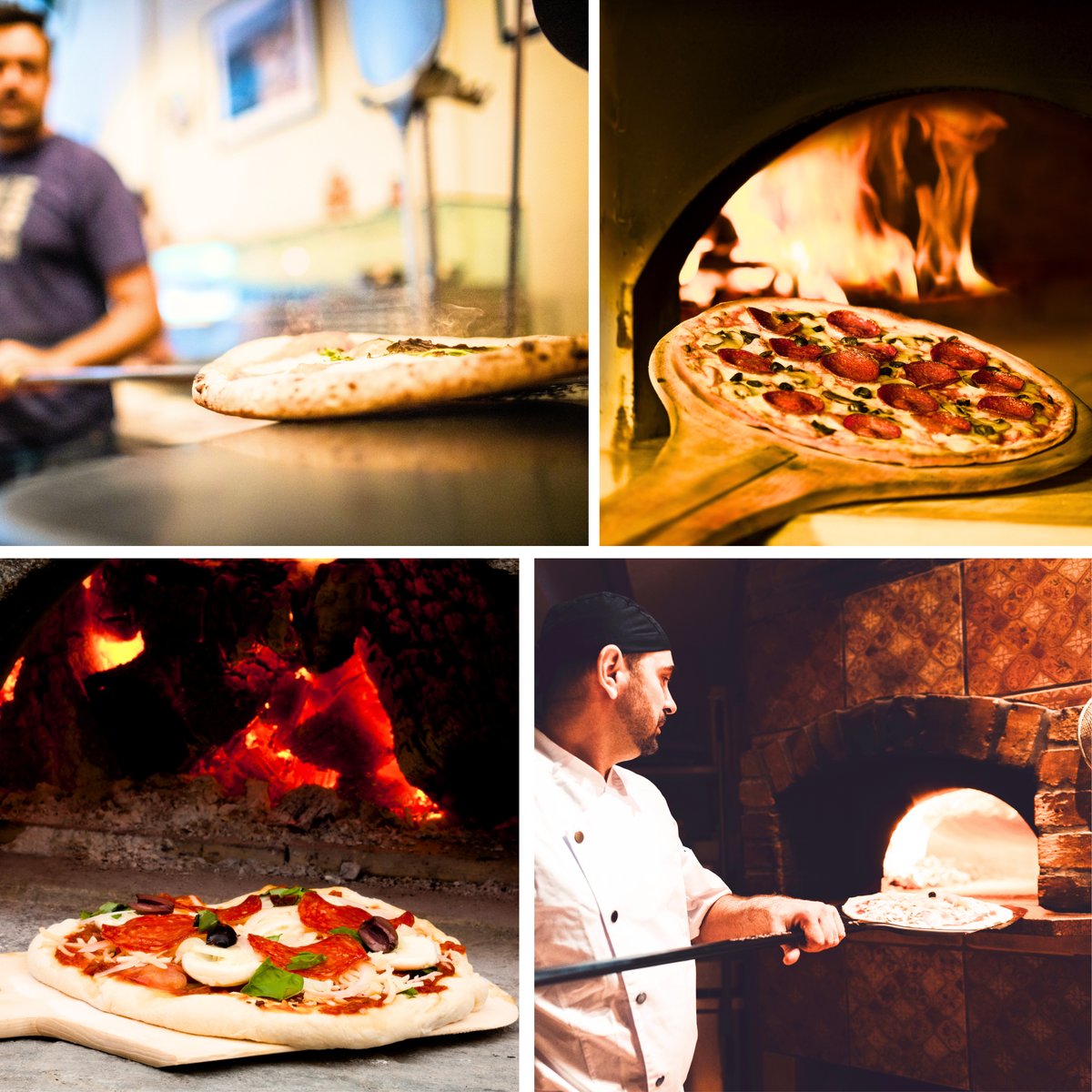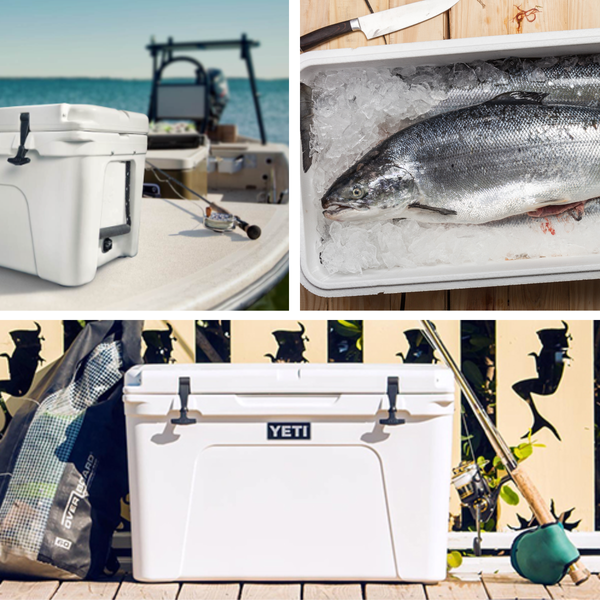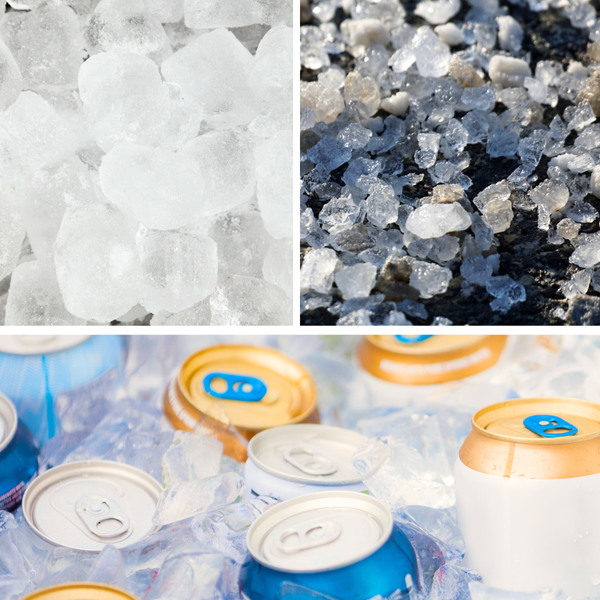Key Takeaways:
- Understand the differences between wood and aluminum pizza peels and their specific uses.
- Learn how to properly use and maintain a pizza peel for the best pizza-making experience.
- Discover the top-rated pizza peels on the market based on customer reviews and expert recommendations.
Pizza enthusiasts and home chefs alike know that creating the perfect pie is an art form. From the stretch of the dough to the heat of the oven, every step is crucial. But there's one tool that often gets overlooked: the pizza peel. Whether you're a seasoned pro or a beginner, this comprehensive guide will help you choose and use the right pizza peel for your kitchen.
Wood vs. Aluminum Pizza Peels: What's the Difference?
When it comes to pizza peels, the material is a significant factor. Wooden peels have been used for centuries, offering a classic, sturdy feel with a naturally slick surface that helps prevent the dough from sticking. They're perfect for sliding pizzas onto a hot stone without scratching it. However, they require more maintenance, as you need to hand wash them and ensure they're thoroughly dried to prevent warping or damage.
On the other hand, aluminum peels are lightweight and durable. They often come with a thin blade that makes it easier to slide under pizzas. An aluminum peel is also easier to clean and maintain since many are dishwasher safe. However, they can scratch your pizza stone if not used carefully. The choice between wood and aluminum ultimately depends on your personal preference and how you prioritize ease of use, maintenance, and the overall experience of building your pizza.

The Importance of Peel Size and Length
The size of your pizza peel should match the size of your pizzas and your oven. A large peel is great for big pies and ovens, but it can be cumbersome in a smaller kitchen. Conversely, a smaller peel is easier to maneuver but might not be suitable for larger pizzas. The length of the peel handle is another crucial aspect to consider. A long handle keeps your hands away from the hot oven, providing safety and comfort, especially when reaching into deep ovens or outdoor pizza ovens.
How to Use a Pizza Peel Like a Pro
Using a peel can seem daunting, but with a few tips, you'll be sliding your pizzas in and out of the oven with ease. Before placing your pizza dough on the peel, sprinkle it with flour, cornmeal, or semolina to create a barrier that prevents sticking. Gently stretch your dough on the peel, add your toppings, and then give it a little shake to ensure it's not sticking before launching it onto the pizza stone.
Maintaining Your Pizza Peel for Longevity
Proper maintenance of your pizza peel is essential to ensure its longevity. For wooden peels, it's best to hand wash them with mild soap and water and then dry them immediately. Do not soak wooden peels, as this can cause them to warp or crack. Aluminum peels are often more forgiving and can usually be cleaned in the dishwasher. Regardless of the material, avoid using harsh chemicals or abrasive scrubbers that can damage the peel's surface.
The Best Pizza Peels on the Market
When it comes to finding the best peel for your needs, reviews and recommendations are invaluable. Look for brands that are known for their quality construction and materials. The best peels will have a sturdy yet lightweight feel, a comfortable grip, and a flat surface that allows for easy sliding of pizzas. Many top-rated peels can be found on Amazon, where you can compare different brands and read customer reviews to help make your decision.
Customizing Your Pizza Peel for the Perfect Slide
When it comes to launching your pizza into the oven, the right customization can make all the difference. A peel with a flat, non-textured surface is essential for a seamless transition from peel to oven. For those in the USA who can't wait to get their hands on a quality product, consider a metal peel, specifically steel, for its durability and ease of slide. The steel surface is ideal for not only pizzas but also for other flatbreads, ensuring a versatile cooking experience. Look for a brand that offers a peel with a slight bevel on the edge; this design helps you to gently scoop under the dough and provides the best way to launch your pie with precision.
When reviewing different peels, pay attention to the width and weight of the product. A wider peel might be beneficial for larger pizzas, but it's important to balance size with weight. A heavy peel can become cumbersome, especially when you're trying to execute that perfect launch. Brands often provide a description of their peels, highlighting these features, so take the time to read and compare. Remember, the goal is to find a peel that feels like an extension of your own arm, making the pizza-making process as smooth and enjoyable as possible.
The Pros of Investing in a Quality Pizza Peel
Investing in a high-quality pizza peel is a decision you won't regret. The pros of owning a top-notch peel are numerous. For one, a good peel can improve your overall pizza-making experience, making it easier to handle the dough and transfer your creations to and from the oven. This is particularly true for metal peels, which are known for their robustness and longevity. A steel peel, for instance, can withstand high temperatures and is less likely to warp over time compared to other materials. This means you can buy with confidence, knowing that your investment will last for countless pizza nights to come.
Moreover, a quality peel often comes with a better description and review from users, which can guide you in making an informed decision. When you're ready to add to cart, look for a brand that is recommended by pizza aficionados and has a reputation for excellence. The right peel not only enhances the functionality of your home kitchen but also adds a touch of professionalism to your pizza-making process. Whether you're a seasoned pro or a beginner, the right peel can elevate your culinary creations and make every pizza night a special occasion.
Pizza Turning: Mastering the Art with the Right Tools
Turning your pizza during the cooking process ensures an evenly cooked crust. A pizza turner, often smaller and more nimble than a standard peel, can be the perfect tool for this task. Look for a turner with a flat, thin blade that can easily slide under the pizza without causing damage. The best turners will have a heat-resistant handle and a construction that withstands the high temperatures of pizza ovens.

From Oven to Table: Serving with Style
Once your pizza is hot and ready, transferring it from the oven to the serving table is the next step. A peel with a wide surface is perfect for this, as it can hold the entire pizza securely. Some peels even come with a beveled edge, making it easier to slide under the pie. Whether you're serving up thin crust or deep-dish, a good pizza peel doubles as a stylish serving tool that adds to the overall experience.
The Easiest Way to Transfer Pizzas Without the Mess
If you're worried about your pizza sticking to the peel, parchment paper can be a lifesaver. Simply build your pizza on a piece of parchment paper and then slide the whole thing onto the pizza stone. The paper will brown but shouldn't burn, and it makes transferring the pizza back to the peel a breeze. This method is especially helpful for those just starting out or when working with particularly wet or sticky dough.
Choosing the Right Peel for Your Home Kitchen
For home cooks, finding a peel that fits your kitchen and your cooking style is key. Consider the size of your oven, the types of pizzas you love to make, and how much storage space you have. A compact, lightweight peel might be the easiest to handle and store, while a larger, sturdier peel could be better for those who frequently host pizza parties or have a dedicated pizza oven.
Why Every Pizza Lover Should Own a Pizza Peel
Owning a pizza peel can elevate your homemade pizza game to new heights. It's not just about the ease of transferring your pizza; it's about the authenticity and joy of the pizza-making process. Whether you're crafting a classic Margherita or experimenting with unique toppings, a pizza peel is an essential tool that brings the pizzeria experience to your home.
Summary
Choosing the right pizza peel is essential for anyone looking to perfect their homemade pizza. Whether you opt for a wooden peel for its traditional feel and smooth surface or an aluminum peel for its lightweight and easy maintenance, the key is to find one that suits your needs and enhances your pizza-making experience. Remember to consider the size and length of the peel, use flour, semolina, or cornmeal to prevent sticking, and maintain your peel properly to ensure its longevity. With the right peel, you'll be able to easily slide, turn, and serve your pizzas like a pro.
FAQ Section
Q: Can I cut my pizza directly on a wooden pizza peel?
A: While you can cut pizza on a wooden peel, it's not recommended as it can cause scratches and damage the surface. It's better to transfer the pizza to a cutting board before slicing.
Q: How often should I replace my pizza peel?
A: The lifespan of a pizza peel depends on the material and how well it's maintained. With proper care, a wooden peel can last for years, while aluminum peels may last even longer. Replace your peel if you notice significant wear, warping, or damage.
Q: Is it necessary to season a wooden pizza peel?
A: Seasoning a wooden pizza peel with mineral oil can help create a protective barrier and prevent the wood from drying out. It's a good practice to season your peel occasionally, especially if it starts to look dry or dull.










